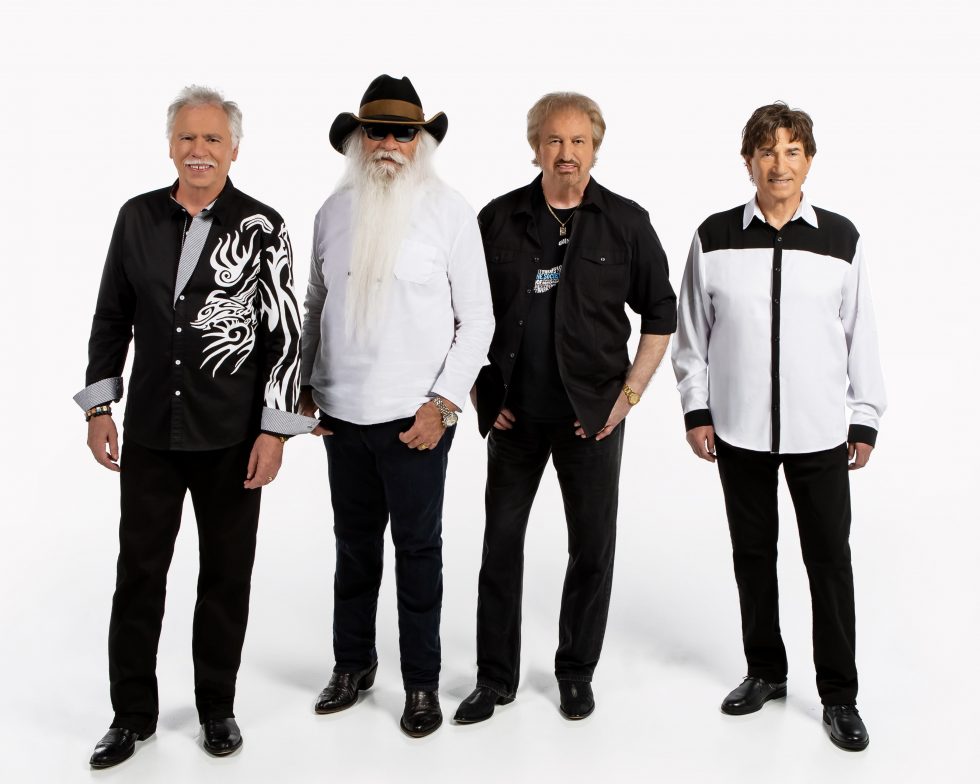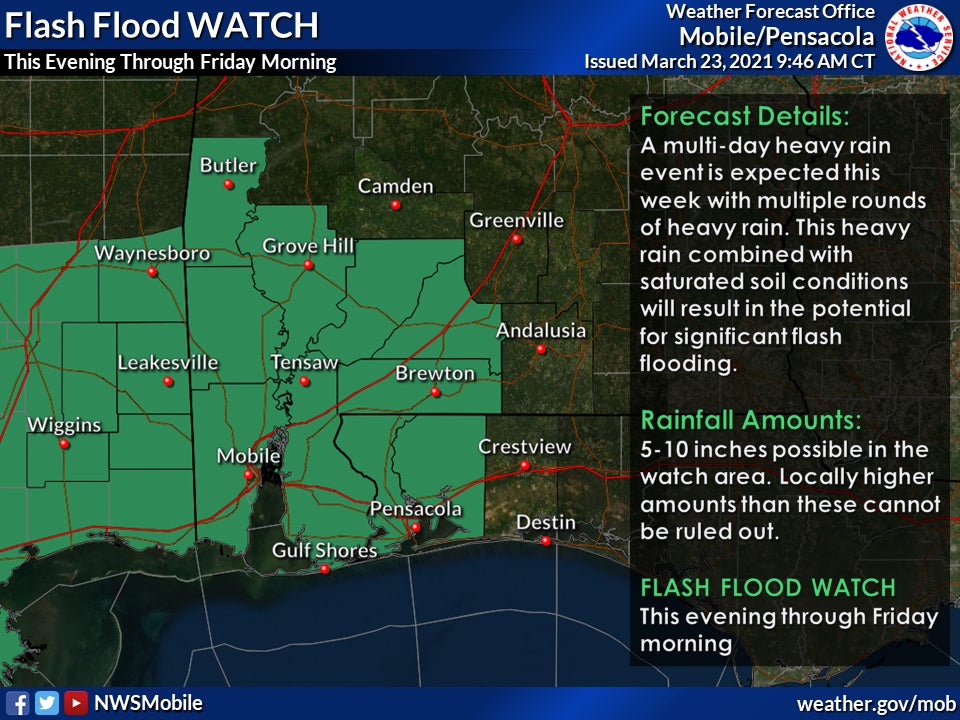Carroll, a member of the CCC
Published 7:41 pm Wednesday, September 17, 2003
By BY LYDIA GRIMES Feature Writer
It's been seventy years since the Civilan Conservation Corps (CCC) was organized in 1933. Most readers won't even know what the CCC was all about, but for a period of almost 10 years, it meant a lot to a lot of lives.
In 1933, the country was suffering through a terrible depression. President Franklin Delano Roosevelt had been elected by a "landslide" vote with the promise that he would do something to help the common man.
On March 9, 1933 he called congress into an emergency session to hear his program and the result was the Emergency Conservation Work Act which would later become the CCC. It was meant to recruit thousands of young men, enroll them in a peacetime army and send them into battle to fight the destruction and erosion of the nation's resources. This turned out to be one of the most popular experiments to come out of Roosevelt's "New Deal." Within three weeks the bill had passed and was on the President's desk by March 31, 1933. It was an act that brought two of the nation's most valuable resources together,young men and the land that needed to be saved. Roosevelt's plan was to put the two together and fight against soil erosion and declining timber resources with the unemployed of large urban areas.
The country had suffered through some really bad times and employment was rampant while at the same time the land had seen droughts and blowing winds erode farmland. The program turned out to be very successful and with the help of the U.S. Army, men were gathered together into camps all around the United States. At the height of the program there were over 500,000 men involved. They made $30 a month and were required to send $25 of it home to their families. More than $72,000 was send home to families who in turn used it to help the economy thus saving many small businesses.
The camps were not that bad either. Young men worked hard, but they had plenty to eat. They improved millions of acres of federal and state lands and parks. New roads were built, telephone lines were strung and the start of millions of trees that would eventually be planted were in the ground. An education program was begun with the workers, many of whom were illiterate. Before it ended in 1942, the CCC had organized American Indians, older Americans and veterans of the Spanish American War and World War I.
With the start of World War II, the public's thoughts turned to war. Anything not having to do with the war effort was put on the back burner and by 1942, the CCC was on its way out. It didn't last long but it changed many lives
Some of those people live right here in Escambia County. Not only did many young men from this area work with the CCC, but there was a camp here in Brewton. According to Mrs. Elizabeth Edwards it was located right behind where Arby's now stands.
Owen Carroll was one of those men who volunteered at the very beginning. He was a young man who was helping to support the family by raising vegetables on the farm to sell. When he found that the CCC was paying $30 a month, he knew that was what he wanted to do.
He was born into a family that moved around a lot. He attended several schools as a youngster. His last year to receive any kind of formal education was at W.S. Neal School when he was in the sixth grade.
Carroll believed in hard work. It was a requirement of the times which were hard and took considerable effort to be able to make it.
This is what he was doing in 1933, when at the age of 19 he heard about the CCC. He signed up for a period of 15 months as soon as he could and was sent to Ft. Benning to get sworn in and trained. The CCC was set up just as an army unit and the men were sent to training before being sent to the camps that were set up all over the country. He was made a medic and then he worked in camps in several places.
The men worked on building roads, building fire lanes and on both state and national parks.
He is right that the efforts of those thousands of men who joined and worked in the CCC accomplished jobs that even today can still be seen.
After he finished in the CCC he went into the military for six months as many young workers did. They had already had the training they needed to get started in the military while they were with the CCC. They were used to the way of camp life and many soldiers in World War II came out of the CCC camps.
Carroll worked with the state for a while after the military and then he went to work at T.R. Miller Mill where he worked from 1937 to 1951. He learned to operate most of the machinery in almost all departments. When he left Miller, he went to work at St. Regis and retired from there in 1975 after he got hurt.
During those years life was not easy for him. He got married in 1937 and lost his first wife to leukemia in 1940. He remarried in 1942 and lost that wife to cancer in 1964. He remarried in 1968 and lost that wife to Alzheimer.
He went back to farming after retirement and continued until he had a stroke. He spends a lot of time these days with friends at the Nutrition Center in East Brewton where he goes for lunch.




